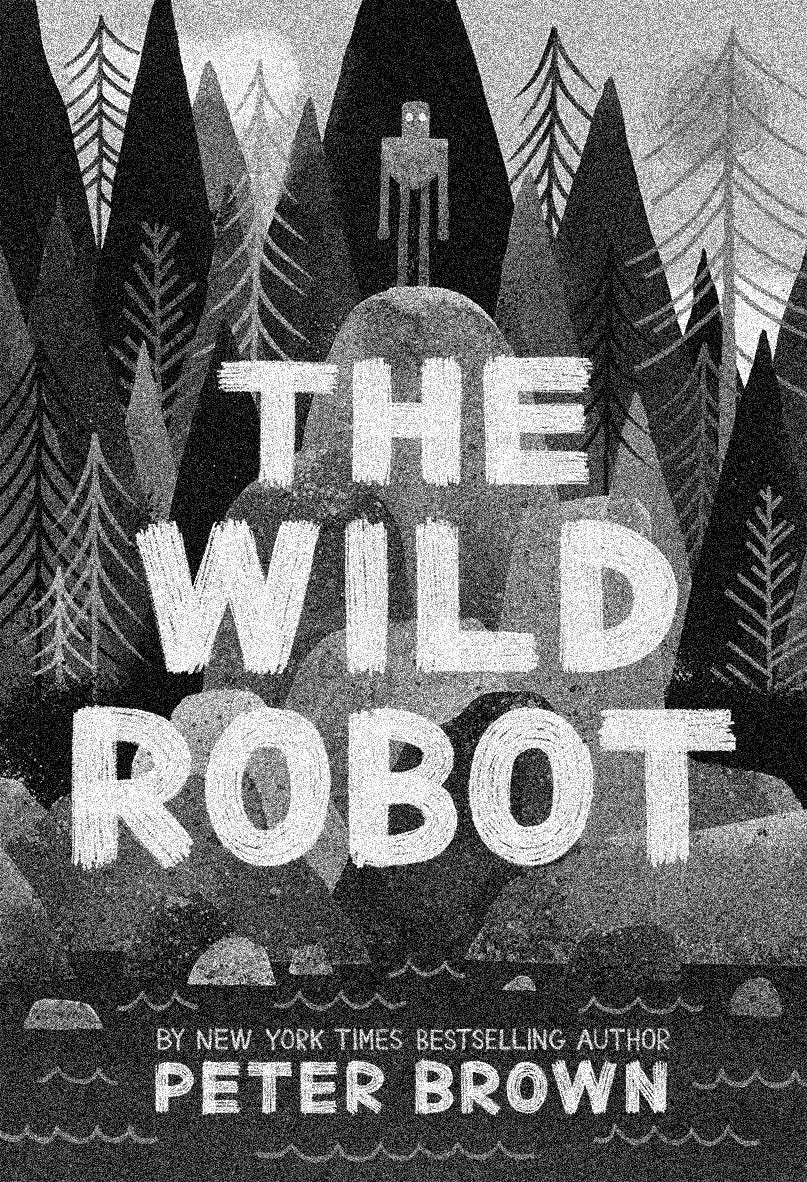Rediscovering Humanity in its Absence
Peter Brown’s Wild Robot series transcends the anti-humanist moralism of much contemporary children’s literature and presents a much-needed vision of a habitable future.
This is an excerpt of Benjamin Y. Fong’s review of the Wild Robot series, published in Damage today. The essay is available on the Damage website.
There are a ton of children’s books about how great nature is, and most of them are not so subtly critical of human civilization. Sam Gribley’s whole life in the My Side of the Mountain series is an explicit rejection of society, and somehow Jean Craighead George makes it seem very cool with illustrations of plumping mills. There’s a new series of books each written from the perspective of an animal: A Horse Named Sky, A Wolf Called Wander, A Whale of the Wild, etc. Dave Eggers’ The Eyes and the Impossible essentially does the same. And there seem to be an infinite number of “love our earth” books for younger kids. In all, human beings are seen as interlopers and human society, if it’s present at all, as a problem or a constraint from which we ought to break free.
On first glance, Peter Brown’s The Wild Robot series appears to participate in this same anti-social glorification of nature and animality. There are no human beings in the first book, just robots and animals. Chapters go by where nothing happens except observations about the changing natural landscape. It’s all set in the near future where automation rules, and the sea levels are a few feet higher.
But almost immediately it’s clear that the series is not a part of but a response to what we might call the “Rousseauian” children’s literature—an acknowledgment of its basic critique, even an assumption of it, but also a rejection of its anti-humanism and an attempt at transcendence.


